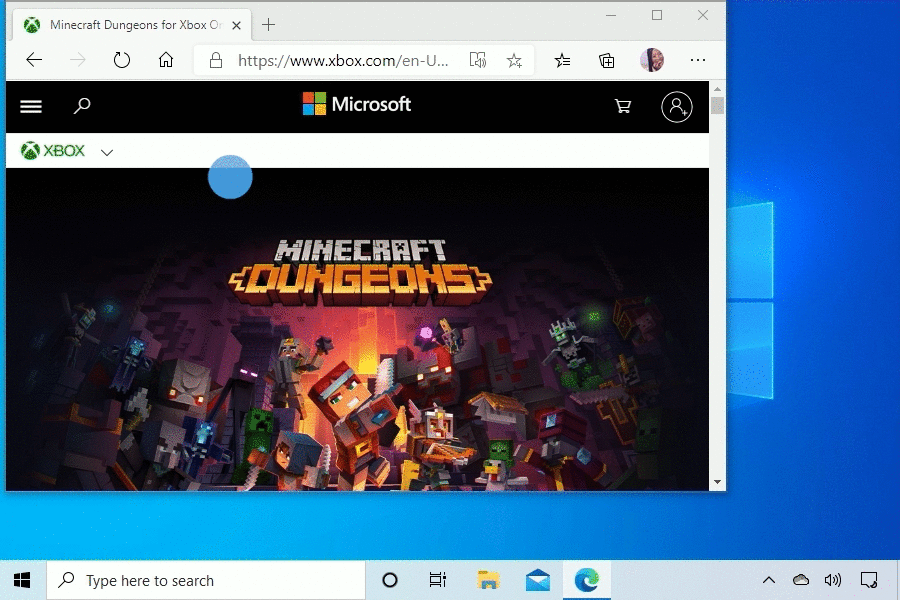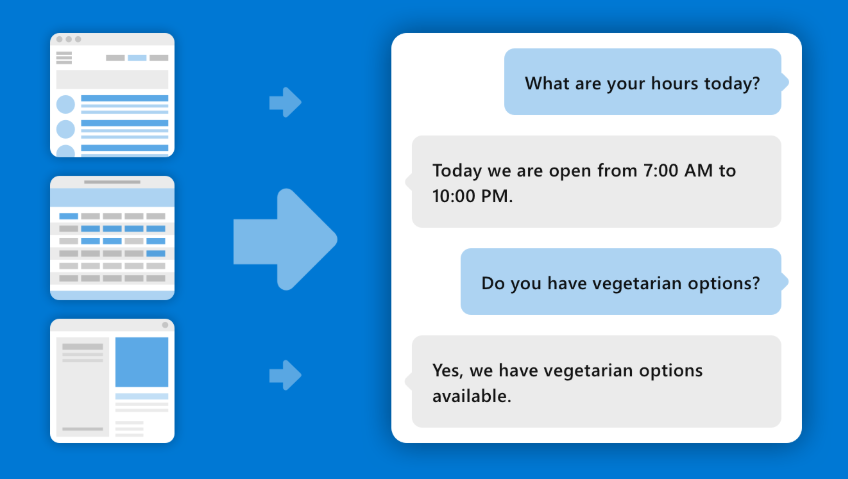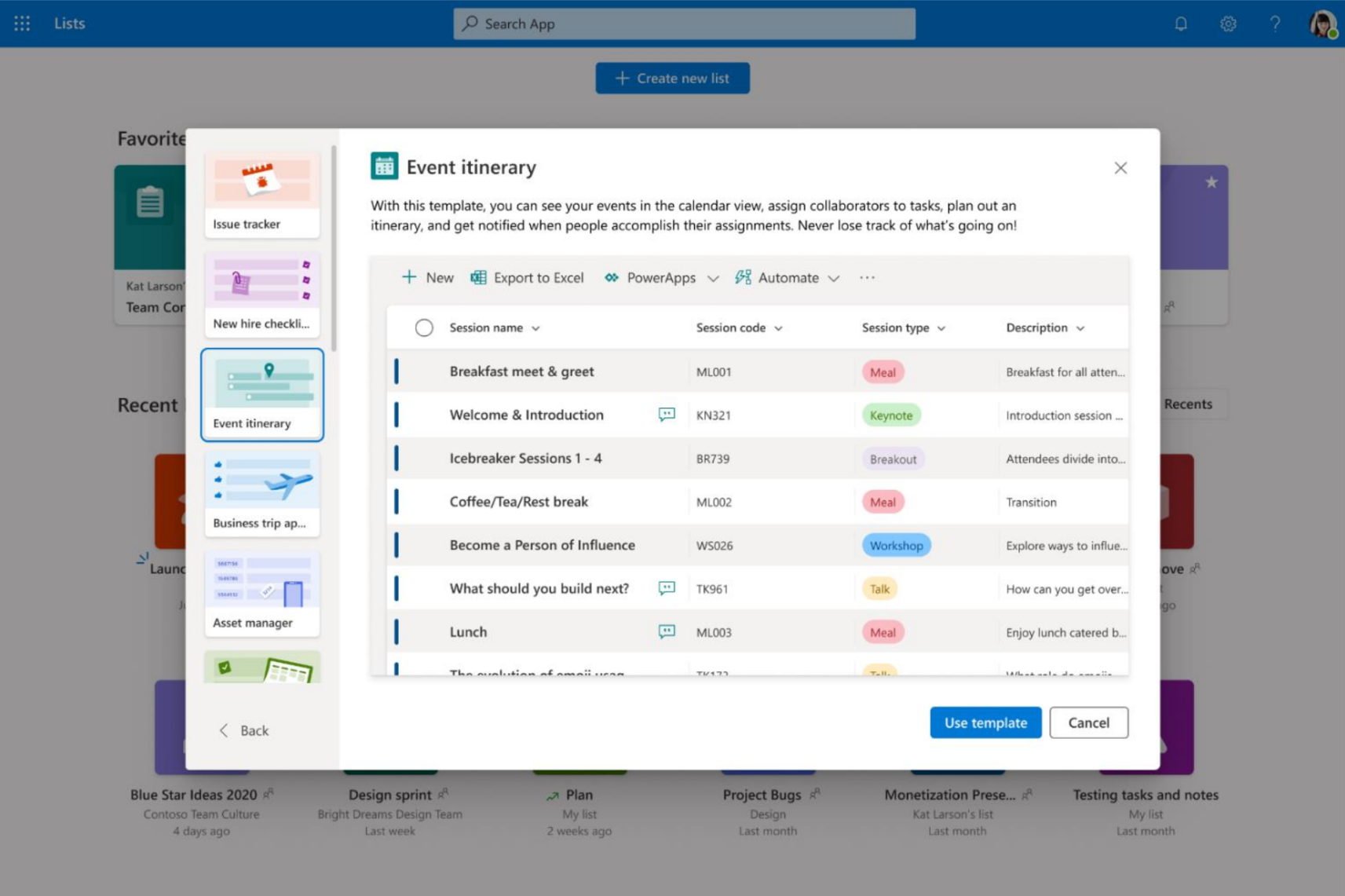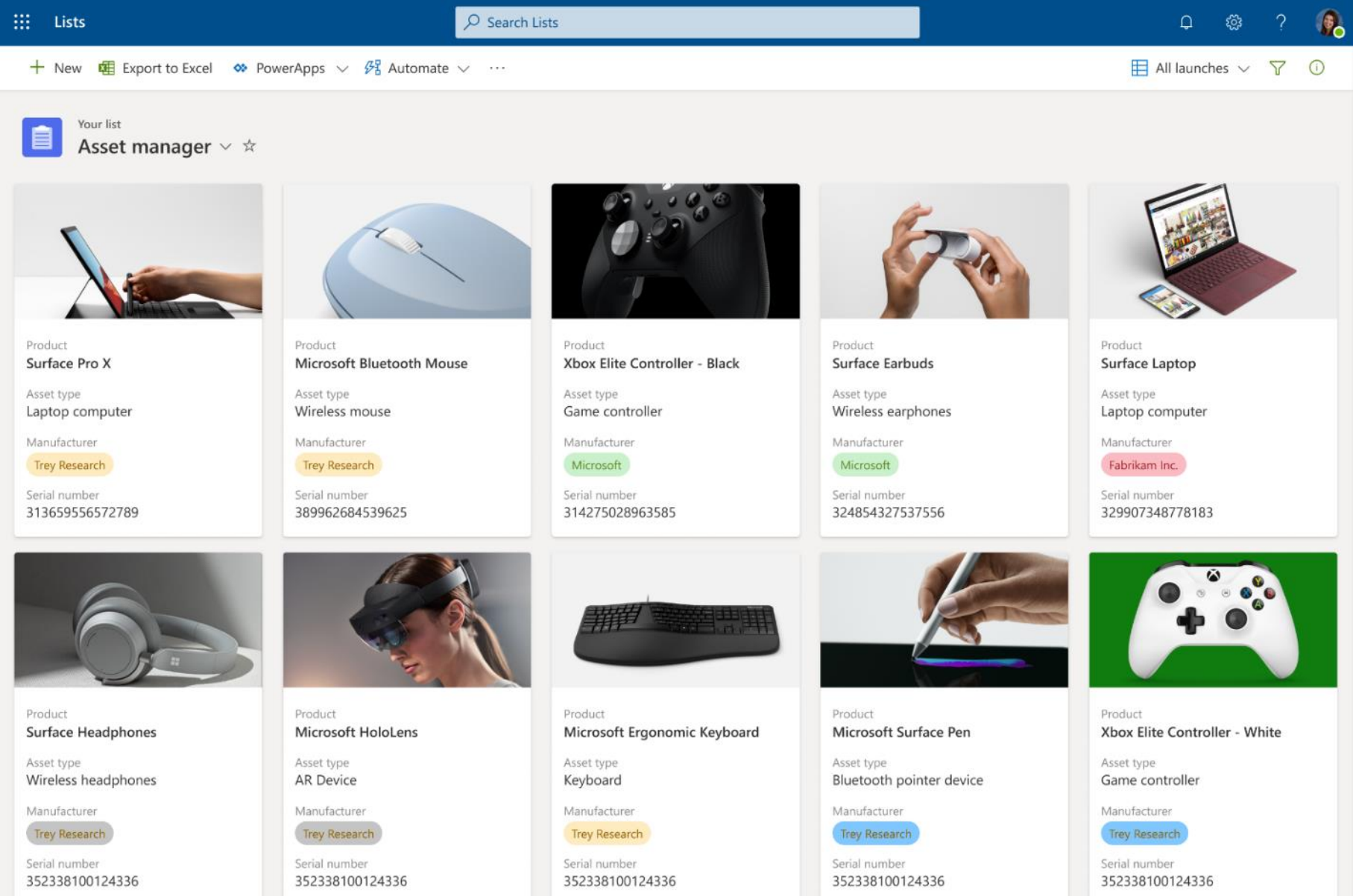Microsoft today announced the launch of the Microsoft Cloud for Healthcare, an industry-specific cloud solution for healthcare providers. This is the first in what is likely going to be a set of cloud offerings that target specific verticals and extends a trend we’ve seen among large cloud providers (especially Google), who tailor specific offerings to the needs of individual industries.
“More than ever, being connected is critical to create an individualized patient experience,” writes Tom McGuinness, Corporate Vice President, Worldwide Health at Microsoft, and Dr. Greg Moore, Corporate Vice President, Microsoft Health, in today’s announcement. “The Microsoft Cloud for Healthcare helps healthcare organizations to engage in more proactive ways with their patients, allows caregivers to improve the efficiency of their workflows and streamline interactions with Classified as Microsoft Confidentialpatientswith more actionable results.”
Like similar Microsoft-branded offerings from the company, Cloud for Healthcare is about bringing together a set of capabilities that already exist inside of Microsoft. In this case, that includes Microsoft 365, Dynamics, Power Platform and Azure, including Azure IoT for monitoring patients. The solution sits on top of a common data model that makes it easier to share data between applications and analyze the data they gather.
“By providing the right information at the right time, the Microsoft Cloud for Healthcare will help hospitals and care providers better manage the needs of patients and staff and make resource deployments more efficient,” Microsoft says in its press materials. “This solution also improves end-to-end security compliance and accessibility of data, driving better operational outcomes.”
Since Microsoft never passes up a chance to talk up Teams, the company also notes that its communications service will allow healthcare workers to more efficiently communicate with each other, but it also notes that Teams now includes a Bookings app to help its users — including healthcare providers — schedule, manage and conduct virtual visits in Teams. Some of the healthcare systems that are already using Teams include St Luke’s University Health Network, Stony Brook Medicine, Confluent Health, and Calderdale & Huddersfield NHSFoundationTrust in the UK.
In addition to Microsoft’s own tools, the company is also working with its large partner ecosystem to provide healthcare providers with specialized services. These include the likes of Epic, Allscripts, GE Healthcare, Adaptive Biotechnologies and Nuance.









